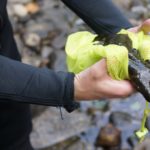
Dr. Patrick Cusaac and colleagues from the Amphibian Disease Laboratory have published a new paper in the Journal of Aquatic Animal Health. The research suggests that Eastern hellbenders that are…

Dr. Patrick Cusaac and colleagues from the Amphibian Disease Laboratory have published a new paper in the Journal of Aquatic Animal Health. The research suggests that Eastern hellbenders that are…
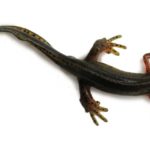
Eastern newt populations in the northeastern United States and southeastern Canada are at greatest risk of infection with a new skin-eating fungus, Batrachochytrium salamandrivorans (Bsal), according to a study published February 18 in the open-access journal PLOS Pathogens by Matthew Gray of the University of Tennessee Institute of Agriculture, and colleagues.
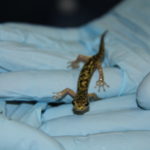
In this episode of Step Outside, David Carter and Adri Tompros discuss their research on Bsal, a recently discovered pathogen that eats away at amphibian skin. Bsal has been found…
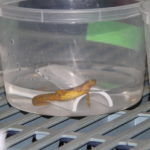
Professors Matt Gray and Deb Miller’s work in the Amphibian Disease Lab centers on preventing the spread of an amphibian pathogen, Bsal, to the United States. Bsal is currently spreading across Europe, and many fear that international pet trade will bring pathogen here. With the Appalachian region being a hotspot for salamander diversity, the Miller-Gray Lab is focused on prevention, detection, and transmission pathways for the pathogen.
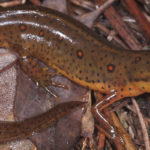
New research finds that host density and habitat structure influence host contact rates and Batrachochytrium salamandrivorans transmission
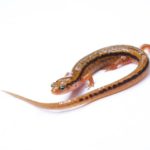
Members of the Amphibian Disease Lab published a paper on Bsal’s threat to lungless salamander populations.